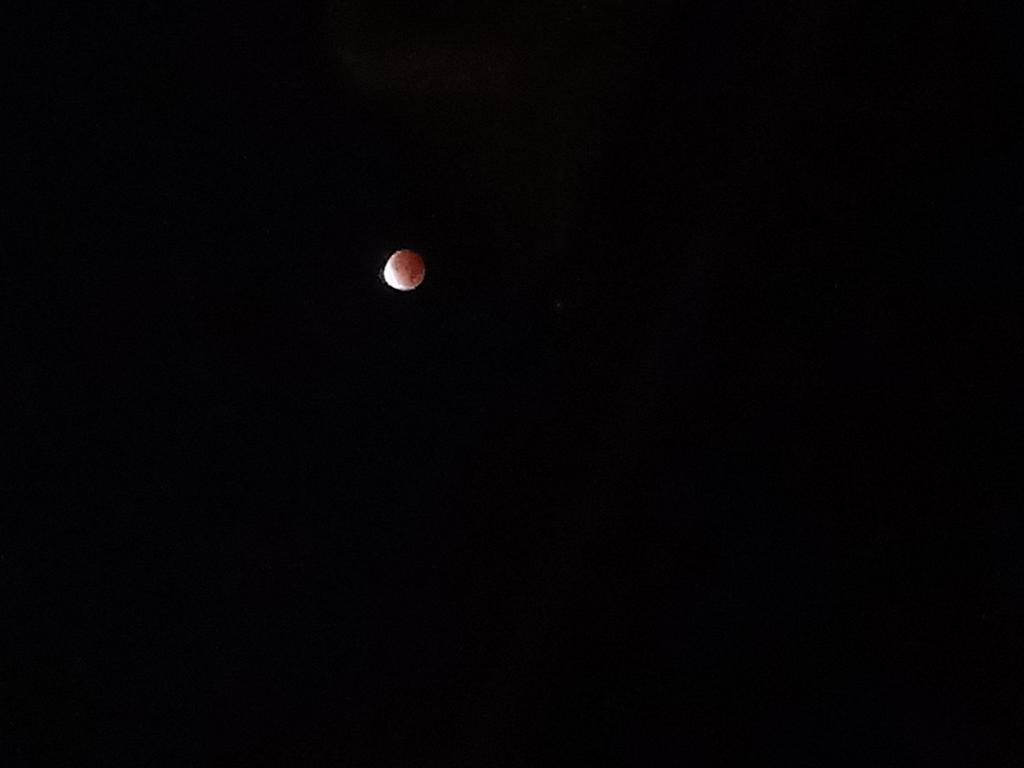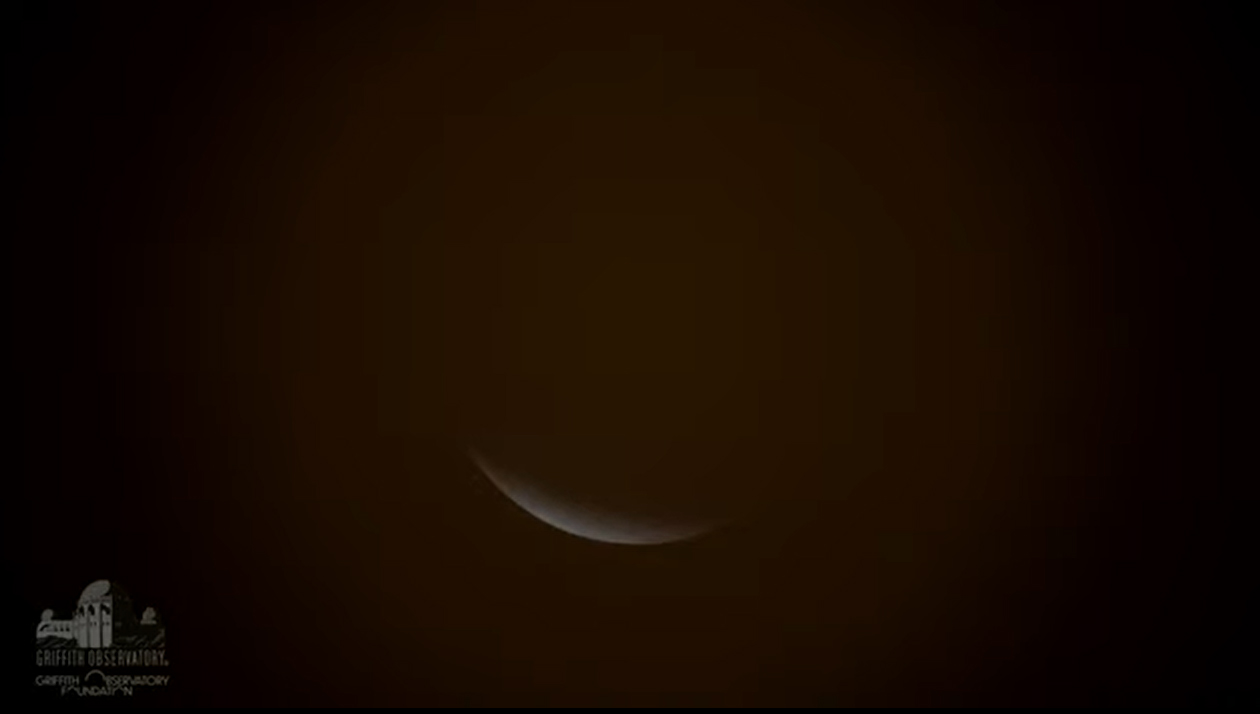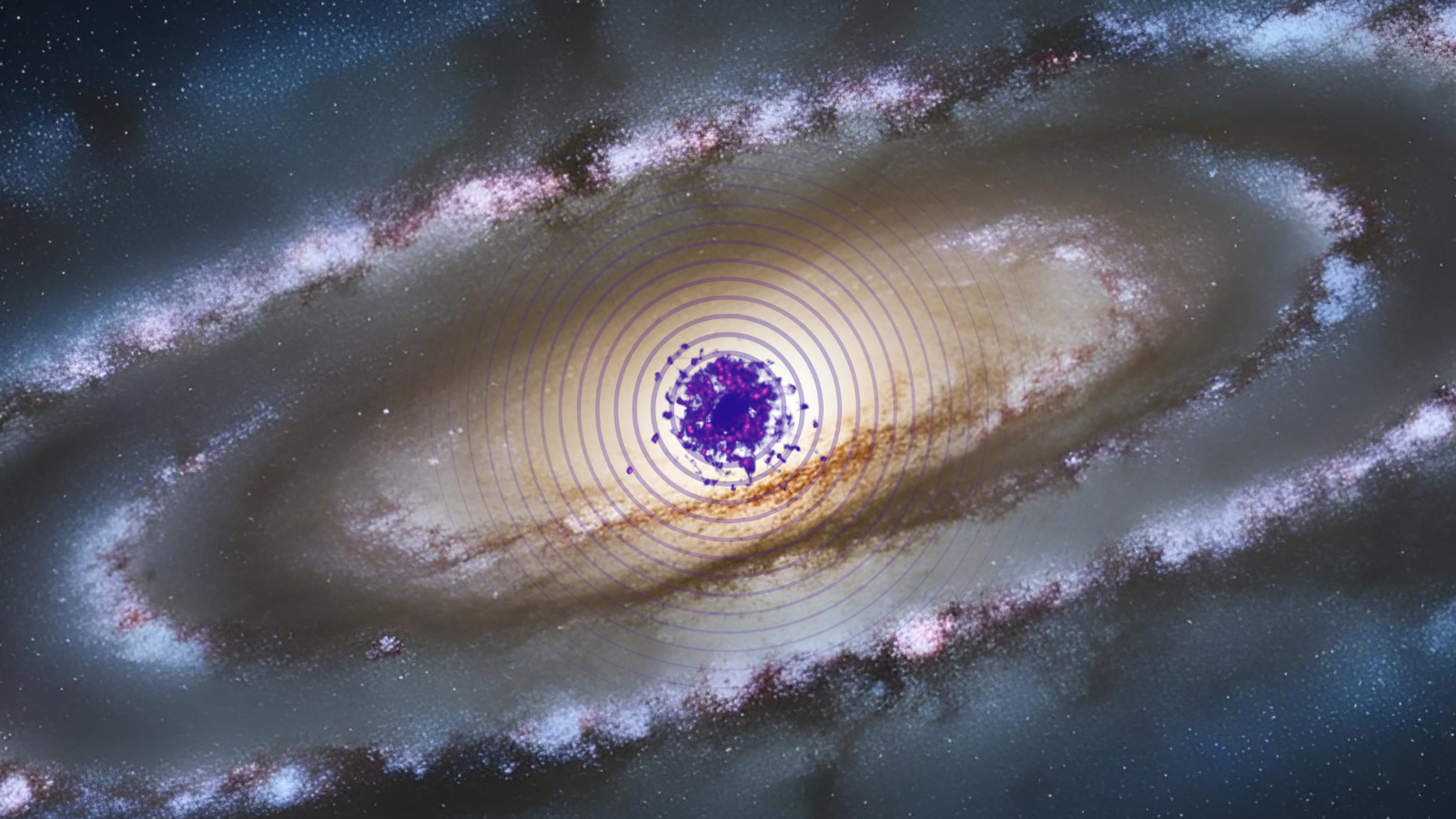Near-total Beaver Moon lunar eclipse, longest of its kind of the century, wows stargazers
The long partial lunar eclipse sent some stargazers to brave freezing temperatures to get stunning views.
Skywatchers across North America got a first class view of the longest partial lunar eclipse in nearly 600 years, though for some, frigid weather threatened to ruin the experience.
The Beaver Moon lunar eclipse of 2021, which saw the moon 97% covered by Earth's shadow at its peak at 4:02 am EST (9:02 GMT), was potentially visible to millions of stargazers across North America, Central and South America, as well as parts of Australia, Europe and Asia.
Beaver Moon eclipse 2021: Amazing photos of the longest partial eclipse in 580 years





In the U.S., many woke up in the middle of the night or stayed up late to enjoy the full moon in what was the last lunar eclipse of 2021. It began at 1:02 a.m. EST (0602 GMT) and lasted 6 hours and 2 minutes.
"This is so cool", 12-year-old Zadie Malik (daughter of Space.com Editor-in-chief Tariq Malik) said after climbing out of bed at 4 am just to see the eclipse from West Orange, New Jersey. She then took a snapshot with her smartphone before heading back to bed to rest up for school.
You can check out our guide on how to photograph a lunar eclipse, as well as how to photograph the moon with a camera in general, for more tips.
My 12 year old just climbed out of bed at 4 am to watch the 97% Beaver Moon partial lunar eclipse and snapped this pic, which I must say is much better than mine. #LunarEclipse2021 pic.twitter.com/IuFgmGScodNovember 19, 2021
Astrophotographers on the U.S. East Coast at times had to navigate heavy cloud cover, but many managed to get their shots.
Breaking space news, the latest updates on rocket launches, skywatching events and more!
"I was lucky to have the heavy cloud cover intermittently clear so I could get some photos," astrophotographer Randy Dougherty, who watched the eclipse from Ludington near Lake Michigan, told Space.com in an email.
Adrian Bradley, also from Michigan, was too playing hide and seek with the obscured moon.
"This particular lunar eclipse was challenging to photograph because of the cloud cover around my state," Bradley told Space.com in an email. "I had plans to drive 2 and a half hours away, but stopped after an hour and a half at a friend and fellow astrophotographer's house. I would end up staying at the house and capturing what I could of the eclipse. We ended up getting some pretty good pictures."
If you're looking to photograph the moon or prepare for the next lunar eclipse, consider our best cameras for astrophotography and best lenses for astrophotography to make sure you're ready for the next stargazing event.
Observers with the Royal Astronomical Society of Canada who stayed up all night to follow the eclipse from Sudbury, Ontario, near Lake Huron, were less lucky.
"We have had snow and rain in addition to all the clouds," Olathe MacIntyre, staff scientist for Space Place and the Planetarium at Science North Museum in Sudbury, told Time and Date in a live webcast. "We actually had a few seconds right at 4:02 [am], at our maximum, we did actually get to glimpse it, which was nice."
In addition to the merciless clouds, the astronomers also had to brave freezing temperatures as low as 28 degrees Fahrenheit (-2 degrees Celsius).
Astrophotographer and Twitter user Rose, who observed the eclipse from Arkansas also complained about the biting temperatures.
"From 12:55 am-3:25 am I've been outside taking photos after photos on my camera," Rose tweeted together with some stunning images taken on her Twitter camera. "I had hoodie & big heavy coat on. I was still freezing my ass off. I love what I do."
From 12:55am-3:25am I’ve been outside taking photos after photos on my camera ❤️ I had hoodie & big heavy coat on I was still freezing my ass off I love what I do ❤️ #LunarEclipse pic.twitter.com/jjGQY3LaoENovember 19, 2021
Spectators in the southern U.S. states mostly had a clear view of the eclipse throughout the night. The San Diego Astronomy Association displayed their unspoiled views in a webstream shared via Time and Date.
At the peak moment, the observatory's image revealed the surface of the moon in reddish hues. After a few minutes, a sliver of light started creeping back over the moon's surface from the west. The Earth's companion turned silvery gray with a visible darkening of the Earth's shadow slowly retreating for the next three hours.
But observers in the Pacific Northwest were far less lucky.
"Drove around for 15 minutes so I could get the best photo of the once in a lifetime #LunarEclipse," Twitter user Flora Plethora tweeted with a picture of a completely overcast sky. "Absolutely nailed it. #PNWweather."
Drove around for 15 minutes so I could get the best photo of the once in a lifetime #LunarEclipse Absolutely nailed it. #PNWweather pic.twitter.com/F796b0uppCNovember 19, 2021
The eclipse started at 1:02 am EST (6:02 GMT) when the full moon entered the penumbral, less deep shadow, of Earth typical for the early stages of the alignment. The umbral phase of the deeper shadow started about an hour and fifteen minutes later.
The eclipse peaked at 4:02 EST (9:02 GMT) when the moon appeared nearly perfectly covered by the Earth's shadow, taking on a reddish hue as a result of the refraction of light in Earth's atmosphere. The moon exited Earth's deep shadow shortly before 6 am EST (11 am GMT). A little over an hour later, the longest partial lunar eclipse in nearly 600 years was over.
The next eclipse of the moon will be a total lunar eclipse that will take place on May 16, 2022. It will be best observable from South America and the U.S. and Canadian northeast.
Follow Tereza Pultarova on Twitter @TerezaPultarova. Follow us on Twitter @Spacedotcom and on Facebook.

Tereza is a London-based science and technology journalist, aspiring fiction writer and amateur gymnast. She worked as a reporter at the Engineering and Technology magazine, freelanced for a range of publications including Live Science, Space.com, Professional Engineering, Via Satellite and Space News and served as a maternity cover science editor at the European Space Agency.
